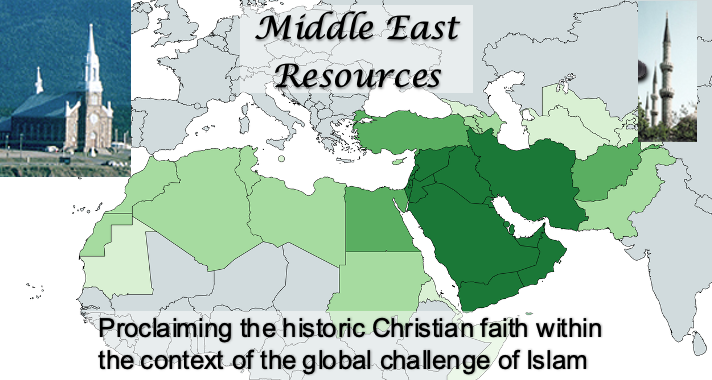An Account of the Tragic History of Islamic Minorities
The year 2025 witnessed tragic events in the coastal part of Syria. On Thursday March 13, 2025, the Arabic BBC’s “Trending Program”i telecast the horrific news of an Alawite widow who witnessed the abduction and murder of her two sons and one grandson. She pleaded with the terrorists to shoot her rather than her loved ones. Her plea fell on deaf ears. Their utter depravity was evident as they videoed the event!
Televised news of the crime shattered several viewers. Here are excerpts from the comments of viewers:
“The mother’s infinite sorrow became an Icon in Syria and the Middle East.
“Just imagine the emotional shock from this experience! Over the years, she had witnessed their growing up, from toddlers to young boys, and completing their secondary education.
“The murderers’ place is in the lowest regions of hell!”
“The news about crime has spread all over the world. Surely God will punish the assassins.”
“We hoped that conditions in Syria would improve following the end of the Assads’ fifty years of oppressive rule. Alas, it doesn’t seem that what followed is any different.”
On March 14, 2025, more shocking details of the massacres in Northwest Syria were discussed on YouTube Channels. One cannot imagine how such events can go on day after day!
Looking back to the past, one discovers that troubles and dissensions have accompanied Islam from its birth in the seventh century. The difference is that nowadays, assassinations and ethnic-religious cleansing become known to the world via multiple means of mass communication. That did not exist in the past.
A View of the Early History of Islam
I turn to the work of a Tunisian scholar, Héla Ouardi, who has published books in French on the early years of Islam.ii In 2017, her book, Les Derniers Jours de Muhammad (The Last Days of Muhammad), was published in Paris, France. Here are translated excerpts that explain the causes of the early divisions and struggles after the Prophet’s passing in June 632 AD.
“Since the Qur’an is silent about the appointing of a successor to the Prophet, how did the idea of Khalifa come about? The institution of the Caliphate has a religious foundation in neither the Qur'an nor the Hadiths. The Prophet himself did not clearly designate a successor. The Shi’ites claim that the Prophet transmitted the torch to Ali; however, they refer to him as an Imam, who is more a spiritual guide than a political leader.
“The Caliphate was an ad hoc institution invented by the Companions of the Prophet when suddenly confronted by the absence of a power center. The Sunni-Shi’ite divide began with the assassination of Ali in 661, and it solidified around twenty years later when his son Hussein was assassinated with his entourage, in Karbala, Iraq. Professor Ouardi explains that the event had deep roots going all the way back to the days of Abu Bakr, in 632. While family members of the Prophet, Ali and Fatima, were busy with the funeral arrangements, followers of Abu Bakr and Omar announced the choice of Abu Bakr as Caliph. It was a fait accompli!
“By preventing the Prophet’s family from assuming the role of the Caliphate, the history of Islam has been punctuated by violent conflicts all committed in the name of religion. Thus, in Islam violence has become sacred, allowing some Muslims to perform horrific acts to bring them closer to God.”
---
ii In 2017, Héla Ouardi is a Tunisian scholar, a French Literature and Civilization Professor at the University of Tunis, and an Associate Researcher at the CNRS Laboratory for Monographic Studies. She was General Manager of the Book at the Ministry of Cultural Affairs of Tunisia from September 2016 to January 2018. A Revised Version of Early Islamic History (academia.edu)
 Middle East Resources
Middle East Resources
